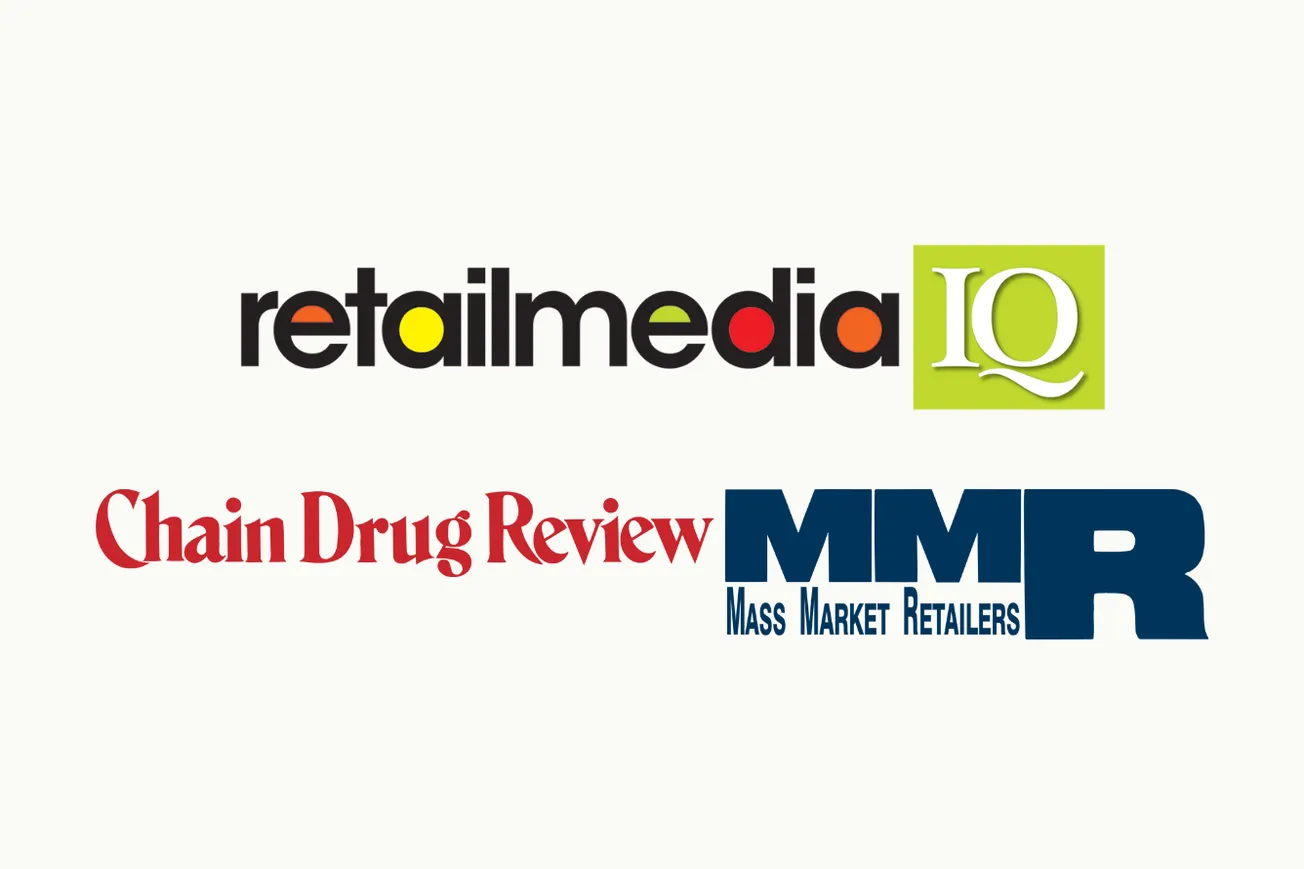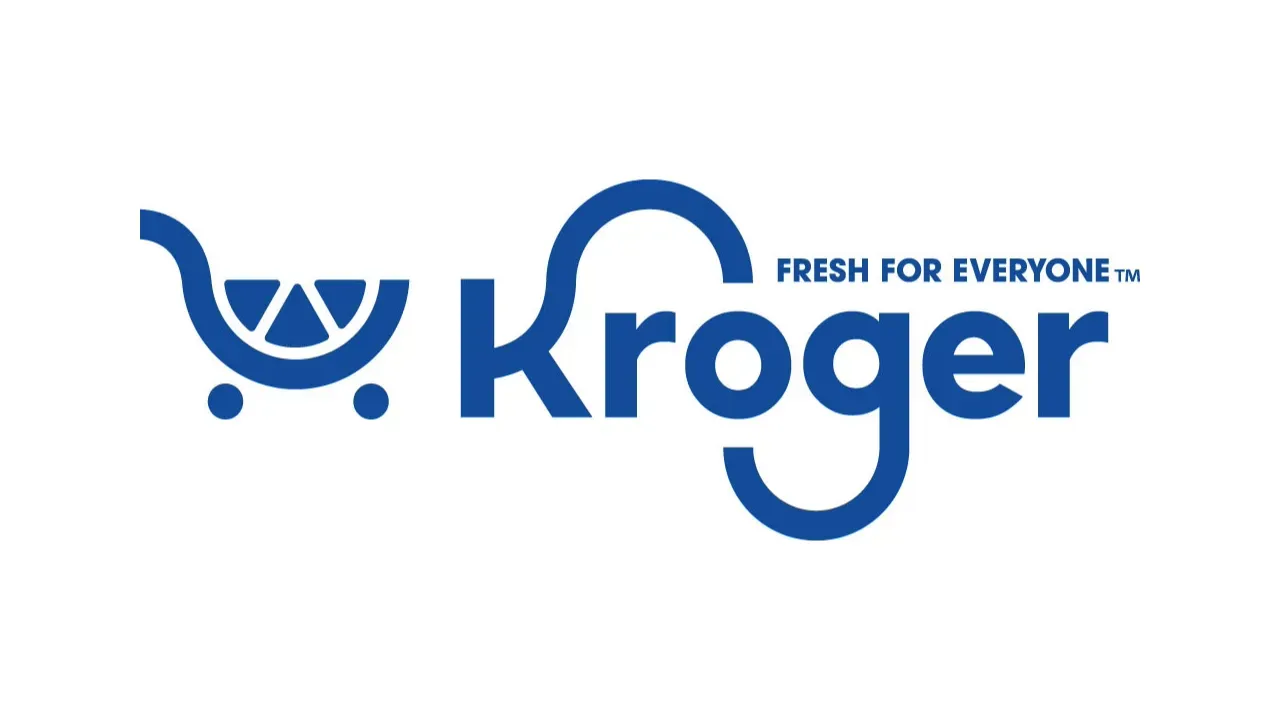Sometimes it feels like our world revolves around data. Certainly, in retail, it can be easy to forget about the individual consumer behind the aggregated data attributes that have been collected about them. For instance, a few years ago when HRG was building the Self-Care Roadmap, we were looking at point-of-sale data and consumer purchase behavior research to build typical shopper baskets of those who had certain health conditions and those on particular health journeys. This took a significant effort in data normalization, and the result of this deep dive analysis was fascinating as correlations were drawn and purchase intent verified.
 Obviously, the individual shoppers behind the numbers had their own unique set of circumstances, but finding that commonality among them and where they shopped, the categories they purchased from, the health care professionals they sought for recommendations, the frequency of their shopping journeys, their average basket size, and much more, was helpful in crafting product assortments, messaging and promotions, to name a few.
Obviously, the individual shoppers behind the numbers had their own unique set of circumstances, but finding that commonality among them and where they shopped, the categories they purchased from, the health care professionals they sought for recommendations, the frequency of their shopping journeys, their average basket size, and much more, was helpful in crafting product assortments, messaging and promotions, to name a few.
Counter to the saying, “garbage in, garbage out,” data normalization is all about garbage in but getting meaningful information out. There’s a science, and often art, to the intake of data in various formats with unknown categorization logic, naming conventions, etc. and standardizing it all to find the insightful information buried within.
Reconciling disparate data is happening behind the scenes more than we likely realize. Consider health savings accounts or flexible spending accounts — data normalization is a necessary step to ensure that when purchases are made the items that are deemed eligible by an individual’s health or government plan are acknowledged as covered in the retailer’s point-of-sale system. On the flip side, imagine normalizing the purchase data from multiple retailers and their combined hundreds or thousands of outlets — drug stores, mass, grocery and big box stores – to accurately report benefits used by plan holders.
Another real-life example of aligning disparate data elements is the normalization process in the background of every retailer e-commerce website. To offer a standardized look across products and categories, images, product descriptions, and product attributes must be normalized from the variety of sources submitting item information – whether it’s manufacturers directly or their product information management partner. Lisa Lopez, HRG digital assets manager, commented, “We’ve seen incoming data assets that have outdated images, incorrect dimensions or attributes improperly assigned. We work with organizations as their vetting partner, making sure product content is as accurate as possible before it is deployed — saving them from internal headaches, customer dissatisfaction and, in many cases, lost revenue.”
As HRG found out from a manufacturer survey conducted in 2022 about their challenges with data asset management, manufacturers indicated data and/or images were rejected by retailers 23% of the time, with a minimum two-week turnaround to rectify. Obviously, that’s a stiff opportunity cost when it’s a minimum of 14 days of missed sales. Streamlining this process to avoid these rejections is in the best interest of both manufacturers and retailers.
One way data normalization as a daily function translates to brick-and-mortar outlets is its utilization to generate best-in-class, data-driven planograms. This critical merchandising tool is usually an aggregation of multiple data sources to create the most profitable assortment. A combination of syndicated and POS data will provide the most robust view of product sales to ensure items in high demand make it to your shelves as well as up-and-coming items that can drive new shoppers to your store.
This is also where accurate dimensions ensure products fit on the shelves so implementation goes smoothly and your vision for the department can be executed as imagined. Holly Jablonowski, business administration manager and lead project manager for many of HRG’s fixture coordination efforts suggested, “Nothing is more frustrating for retailers, fixture companies, brands and merchandising crews than products that don’t fit into the fixtures as planned or when all products in the planogram don’t fit on the wall or shelf.”
Effective data management takes great attention to detail, and using partners with experience in retail streamlines the process because they have contextual understanding that creates efficiencies. In an industry that is in constant evolution, the benefits of normalized and synchronized data create a powerful tool for all stakeholders across the retail supply chain.
Megan Moyer is an industry researcher and writer with HRG. HRG improves results across the retail supply chain by addressing dynamic needs such as data and analysis, brand development, fixture coordination and management, shopper experience, and retail communications.





